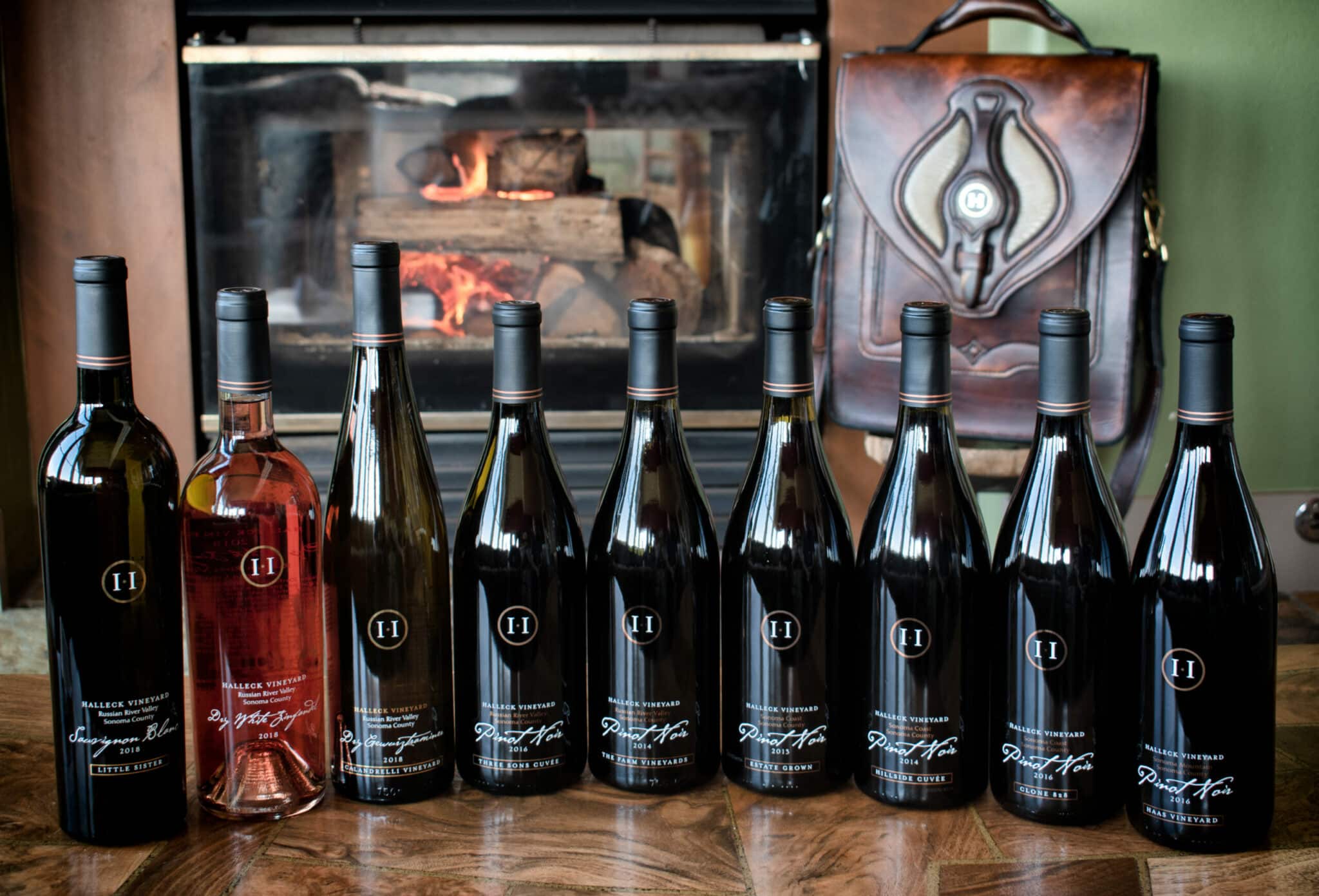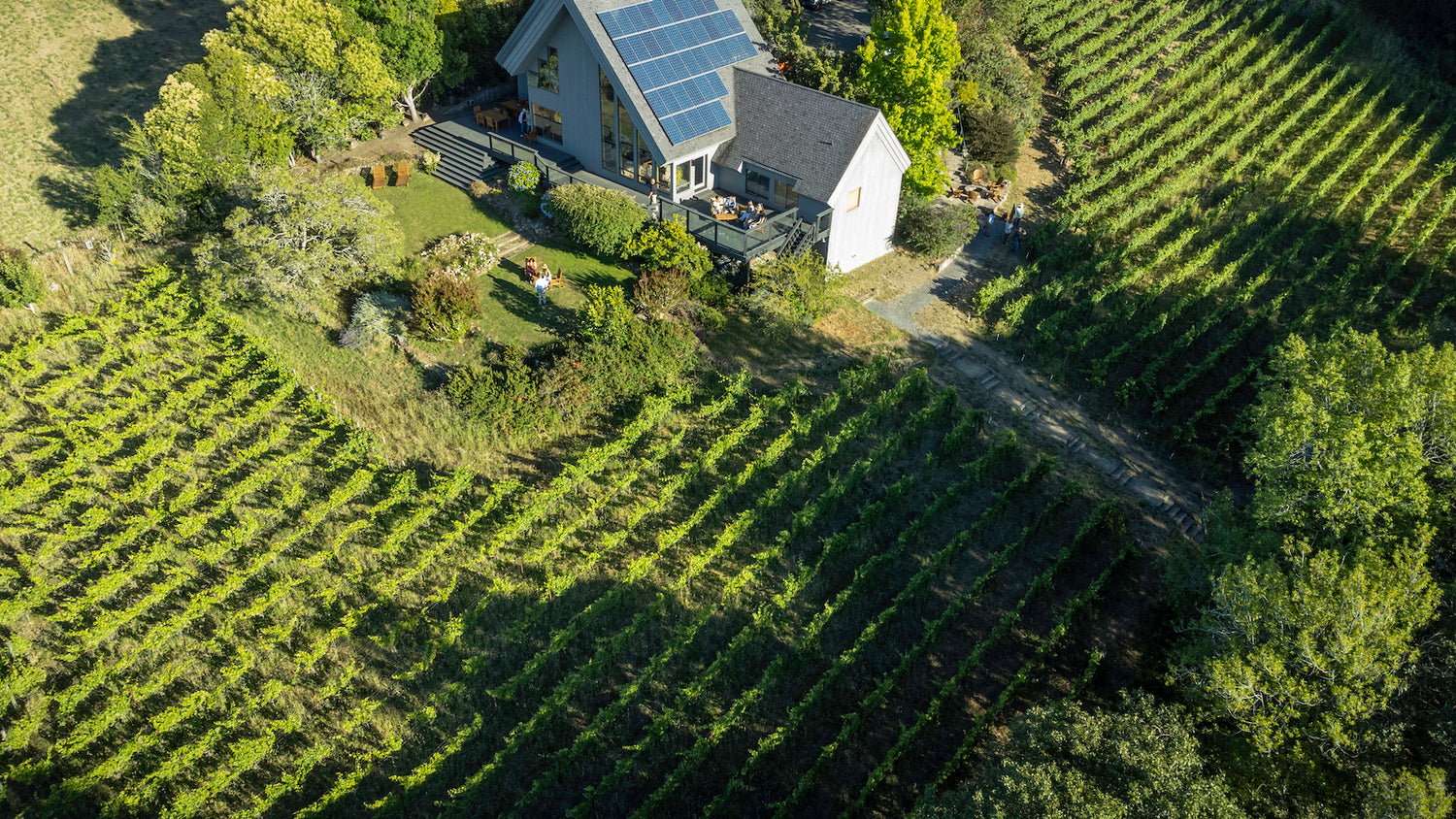Historical Wineries To Visit In Sonoma - Sebastopol Area Wine Tasting
Wineries Promoting Sustainable Farming - Wine Tasting In Sonoma County
Wine tasting is an art that requires practice and an understanding of various elements involved within the course of. One essential element of wine tasting is the development and interpretation of tasting notes, which serve as a guide for both novices and seasoned connoisseurs. A Guide To Understanding Winery Wine Tasting Notes can enhance your wine-tasting experience, making it extra significant and gratifying.

Tasting notes are concise descriptions that capture the essence of a wine’s flavors, aromas, and total character. Usually composed by professional tasters, winery tasting notes supply insights into the nuances of assorted wines. They can help wine enthusiasts perceive what to expect from a specific bottle. Nonetheless, tasting notes can vary extensively in style and element based on the writer's experience and palate.
Wineries That Offer Dog Friendly Areas - Sebastopol Wine Country
When you first approach a glass of wine, your senses will begin to have interaction instantly. The sight, odor, and taste of the wine will converge to give you a complete experience. Tasting notes typically start with the visual assessment, the place the color of the wine is taken into account. Color performs a big position in indicating the wine’s age, grape variety, and even its flavor profile.
After assessing the visual side, the next step entails swirling the wine in the glass. This motion aerates the wine, permitting its aromas to awaken. Smelling the wine provides important perception into its complexity. The preliminary sniff can ship a flood of scents which will include fruity, floral, herbal, or earthy notes. This is commonly probably the most subjective a part of tasting, as individual experiences can dramatically differ.
In winery tasting notes, descriptors are sometimes categorized into main, secondary, and tertiary aromas. Main aromas often stem from the grape variety, secondary aromas derive from fermentation processes, and tertiary aromas arise from aging. Understanding these classes can help you appreciate the depth of a wine, they usually also provide the vocabulary to specific your experience higher.
Breathtaking Views From Sonoma Wineries - Sonoma Valley Vineyards And Wine Tasting
Following the olfactory encounter, your focus will shift to the taste of the wine. This is where the first characteristics—sweetness, acidity, tannins, alcohol—come into play. Tasting notes usually element these flavors in multiple dimensions, together with the preliminary attack in your palate to the lingering finish in your tongue. A high-quality wine will current a harmonious stability between these factors.
Whereas tasting, it's important to contemplate the physique of the wine, which could be described as light, medium, or full. The body contributes significantly to your total impression, serving to you consider how the wine pairs with food or whether or not it stands alone as a sipping wine. Balancing the physique with the other traits will present you with a fuller understanding of what the wine has to offer.
The end of the wine, also known as the aftertaste, is one other critical side typically included in tasting notes. A long, nice end usually signifies a better quality wine, whereas a short or cloying aftertaste could counsel otherwise. Evaluating the finish can provide further perception into the wine's complexity and distinction.
Understanding the context of winery tasting notes can be valuable. Tasting notes can present contextual information about the winery's location, climate, and grape-growing practices. This context adds one other layer of appreciation for the wine, allowing enthusiasts to attach the sensory experience with its origins, thus enhancing the enjoyment further.
Wineries Producing Pinot Noir And Chardonnay - Enjoying Wine In Sebastopol
Many wineries provide tasting notes on their web sites or labels, usually written in an approachable but informative style. Nevertheless, not all winery tasting notes are created equal. Some may be overly technical, while others would possibly prioritize advertising aptitude over insightful evaluation. Learning to navigate these notes can arm you with the knowledge to make informed decisions when choosing wines.
Participating in tastings at wineries can also deepen your understanding of wine tasting notes. Interacting with educated employees can give you a extra hands-on strategy to exploring totally different wines and the language used to describe them. Wineries Offering Off The Beaten Path Experiences. You Will have the chance to ask questions, engage in discussions, and probably refine your palate in real time.
Experimentation is essential for mastering wine tasting notes. As you pattern different wines, try making your own notes. Focus on describing the wine’s color, aroma, taste, and end. Over time, you’ll develop a private vocabulary that resonates together with your sensory experiences. Each note you create will assist refine your palate, permitting you to appreciate wines at a deeper degree.
Unique Wine And Food Pairings In Sonoma - Vineyards In The Sonoma Region
In conclusion, a Guide To Understanding Winery Wine Tasting Notes offers a complete framework for diving into the world of wines. It equips you with the methods and language necessary to articulate your experiences. Whether you are a casual drinker or a dedicated aficionado, understanding and using tasting notes can profoundly impression your wine journey. This data navigate to this website not solely enhances your enjoyment but also connects you deeply with the rich narratives each bottle tells. By embracing this journey, you become a part of the attractive mosaic of wine culture, the place each sip unveils a model new story waiting to be found.
- Wine tasting notes sometimes encompass a wide selection of sensory descriptions, including aroma, flavor, acidity, body, and end, allowing tasters to completely appreciate the wine's traits.
- To enhance your understanding, familiarize your self with common wine terminology corresponding to "tannins," "oakiness," or "terroir," which may help decipher the notes more successfully.
- A systematic method to tasting involves first visually assessing the wine's shade and readability, followed by swirling to release aromas, then inhaling and describing what you experience.
- Taking notes during tasting may help determine patterns over time, enhancing your palate and making it easier to recall preferences for future selections.
- Don't overlook the influence of food pairings; tasting notes can differ tremendously when a wine is loved with complementary flavors, altering perception and delight.
- Pay consideration to the wine’s vintage, as weather conditions in a given year can considerably have an effect on the final product, including another layer to the tasting notes.
- Consider the winemaker's style and philosophy, which might form the wine's profile and influence how its notes evolve with each sip.
- Working Towards with totally different grape varieties can broaden your vocabulary; each kind brings unique characteristics that can enhance your capability to articulate tasting notes effectively.
- Participating with wine professionals or attending tasting events can present valuable insights, providing a richer context for understanding personal tasting notes.
- Keep In Mind that tasting is subjective; individual preferences and experiences will form one’s interpretation of the same wine, enriching the general enjoyment of wine exploration.
What are wine tasting notes?
Wine tasting notes are descriptive feedback made by tasters about the appearance, aroma, style, and finish of a wine. They provide an outline of the wine's characteristics and might help consumers understand the style and high quality of the wine.
Family-Oriented Wine Tasting Venues In Sebastopol - Scenic Wineries Of Sebastopol
Why are tasting notes important when deciding on wine?
Tasting notes can guide you in choosing a wine that suits your palate. They present insights into flavors and aromas, helping you to match wines with food or occasions. Understanding these notes enhances your overall wine experience.
How ought to I read wine tasting notes?
(Wineries Near Sonoma Square)
Remarkable Craft Wineries In Sebastopol - Sonoma Vineyards For A Perfect Day Out
When studying wine tasting notes, take note of the structure: search for descriptions of color, aroma, flavor, and end. This will help you grasp the wine's profile and determine if it aligns along with your preferences.
What terms generally seem in wine tasting notes?
Common phrases embody "tannin" (the structure), "acidity" (the crispness), "body" (the weight), and numerous flavor descriptors like "fruity," "earthy," or "spicy." Familiarizing yourself with these terms can deepen your understanding of wine.
Best Wineries For Sunset Views In Sebastopol - Top Wineries To Visit In Sebastopol

Can I create my very own tasting notes?
Yes! Writing your individual tasting notes can improve your wine tasting experience. Focus in your observations of style, aroma, and other sensory characteristics. This personal practice can help you refine your palate over time.
How do I identify the aromas in wine tasting notes?
Wineries That Offer Food Trucks On Weekends - Sonoma Wine Region Vineyards
To determine aromas, practice smelling a big selection of scents and associating them with wines. Swirl the wine in your glass to release its aromas, then take a moment to breathe in deeply before identifying any prominent scents.

What is the distinction between professional and private wine tasting notes?
Professional tasting notes could use extra technical language and particular terminology, whereas personal tasting notes are subjective and mirror individual experiences. Each are priceless for understanding and enjoying wine, but personal notes could resonate more with your unique tastes.
How can tasting notes improve my wine appreciation?
Wineries With Breathtaking Gardens In Sonoma - Top Sonoma Wine Tasting Destinations
Tasting notes can enhance your appreciation by helping you to understand and articulate the complexities of wine. They encourage mindful tasting and provide a framework for comparing different wines, leading to a richer enjoyment of the beverage.
Are there any apps or instruments to assist with wine tasting notes?
Sure, there are several apps designed to assist users document and manage their tasting notes. These tools typically supply options like flavor why not try here wheel guides and wine database searches, making it easier to track your journey by way of totally different wines.